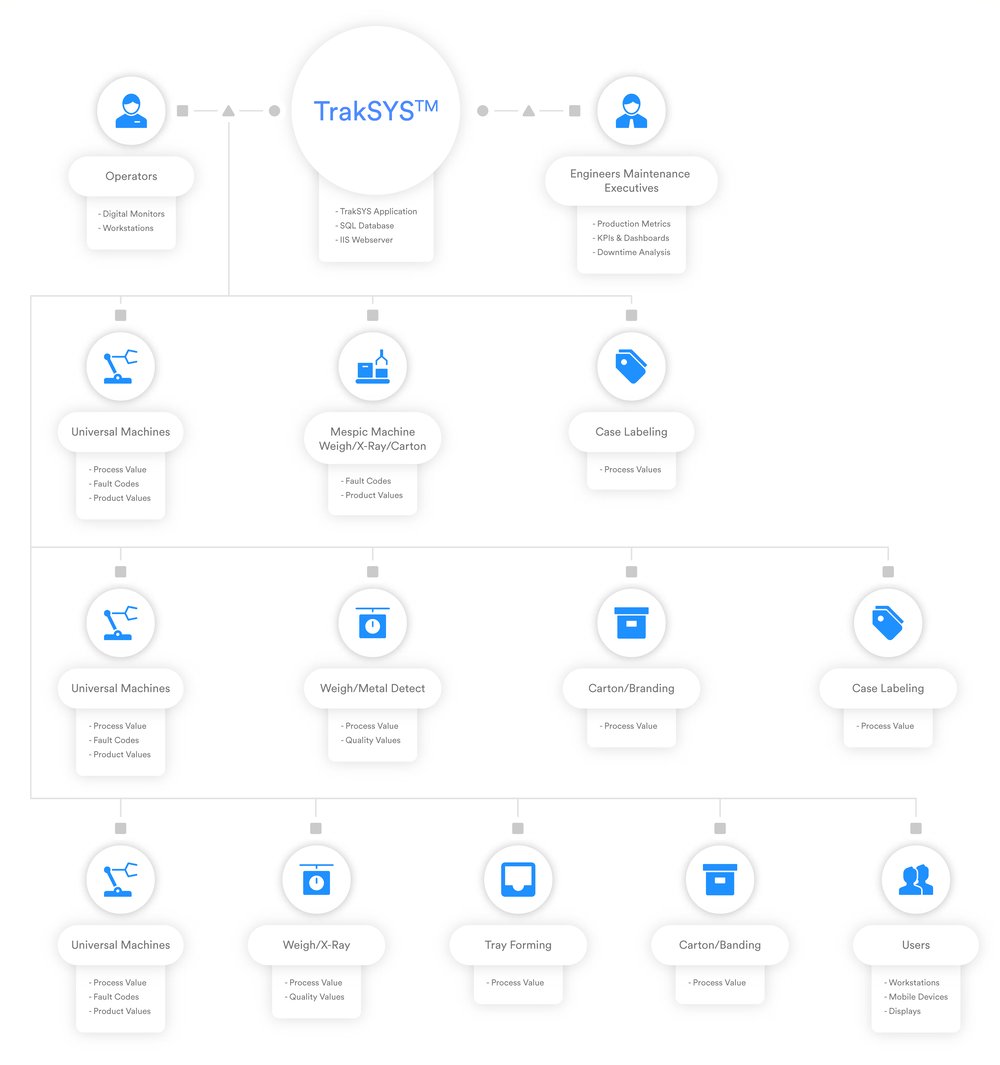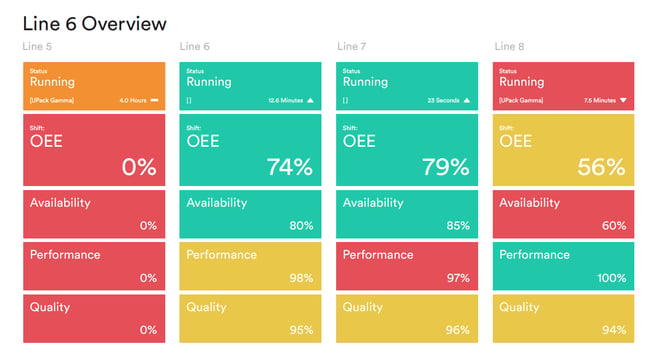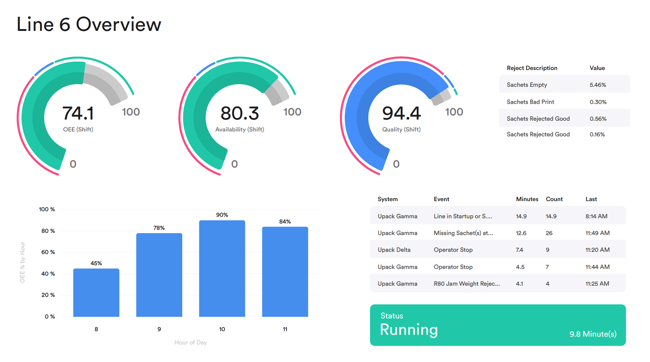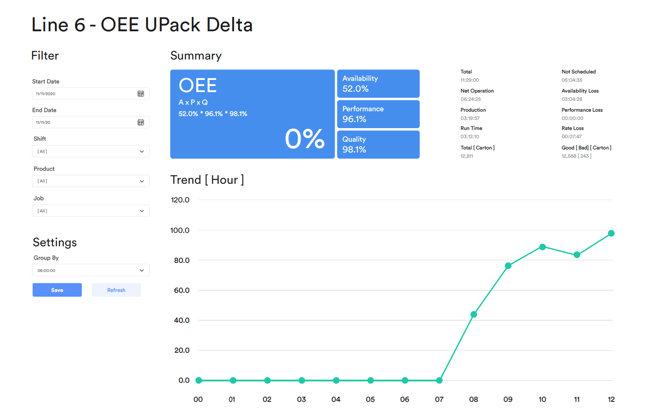A Picture of Production
A Case Study in Efficiency Through MES
Contract Pharmacal Corp. (CPC) develops, manufactures, and packages premium pharmaceuticals, over-the-counter drugs, and dietary supplements. Owned and operated by the same family that founded the company in 1971, CPC today employs 1,500 of the most highly skilled, experienced professionals in the industry and, to date, has commercialized more than 4,500 products.
As their operations have continued to grow, CPC realized they needed to optimize their production to continue meeting customer demand while ensuring product quality. As part of one client contract, CPCBuilt an entire dedicated plant that contained 8 significant (large-scale) lines. The agreement required CPC to demonstrate that they could meet their client's needs and provide insight into line capacity and production efficiency. To create this manufacturer-to-customer transparency, CPC reached out to Parsec Certified Partner, ACE, to design and implement a TrakSYS solution.
The Challenge
- Lack of real-time production data
- Minimal insight into the causes of downtime and poor production
- Language barrier between the operators and the engineers
- Lack of transparency between shifts
- Difficulty establishing production hurdles and how bad they were
- Difficult to establish correlation between line progress and production plan timelines
The Goals
- Provide real-time production data and KPIs
- Help optimize production
- Create historical trends and reports
- Enable them to meet production demands
- Enable customers to monitor the status of their orders
The Solution

Solution Overview
For CPC, gaining visibility into their production (from performance to historical trends and real-time KPIs) was paramount. Their goal was to be able to view the production of their lines in real-time, and create a comprehensive, searchable database of past production runs, to identify and resolve inefficiencies.
The plant in Hauppauge, NY, was designed to operate several incredibly stable, low-variable lines that consistently ran at 75% OEE. While 75% OEE was all that was required to meet production deadlines and dose counts, CPC wanted to further optimize their operations to better serve their customers. To do this, the team at CPC worked alongside ACE to rollout a TrakSYS solution.
 Real-time dashboards with the current state, recent production history, and OEE metrics were developed for each line and piece of equipment. Reports were created that could be aggregated or filtered by date for any line, piece of equipment, shift, product, or job. A filterable waterfall chart was developed to allow a full analysis of performance with drill-downs to the underlying causes. Production reports and event reports were also created to give CPC a full view of current and historical production.
Real-time dashboards with the current state, recent production history, and OEE metrics were developed for each line and piece of equipment. Reports were created that could be aggregated or filtered by date for any line, piece of equipment, shift, product, or job. A filterable waterfall chart was developed to allow a full analysis of performance with drill-downs to the underlying causes. Production reports and event reports were also created to give CPC a full view of current and historical production.

For CPC, gaining visibility into their production (from performance to historical trends and real-time KPIs) was paramount. Their goal was to be able to view the production of their lines in real-time, and create a comprehensive, searchable database of past production runs, to identify and resolve inefficiencies.

CPC Operators now have friendly competitions as they work to see whose like can run most efficiently. Having access to real-time metrics has enabled teams to establish new baselines and get an idea of what a good production day looks like. TrakSYS has helped facilitate company-wide process improvements, supported the creation of standard operating procedures, and a reduction in losses and scrap. With the results they have achieved so far, CPC expects to increase their production yield by a minimum of 3%.
As they look to the future, CPC plans to expand TrakSYS to some older lines that have less automation, in an effort to get a handle on performance and optimize production. CPC is also considering tying run-time metrics from TrakSYS into their CMMS system to trigger preventive maintenance actions.
The Results
- Chart a path towards increasing yield by 3%
- Drive overall productivity improvements of at least 3-16% per line via measurable OEE improvements
- Reduce changeover times from 12 hours to 4
- Establish a common language for conveying data between shifts
- Create a handbook of 20+ maintenance reference guides for common problems diagnosed directly because of TrakSYS

